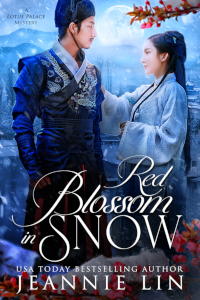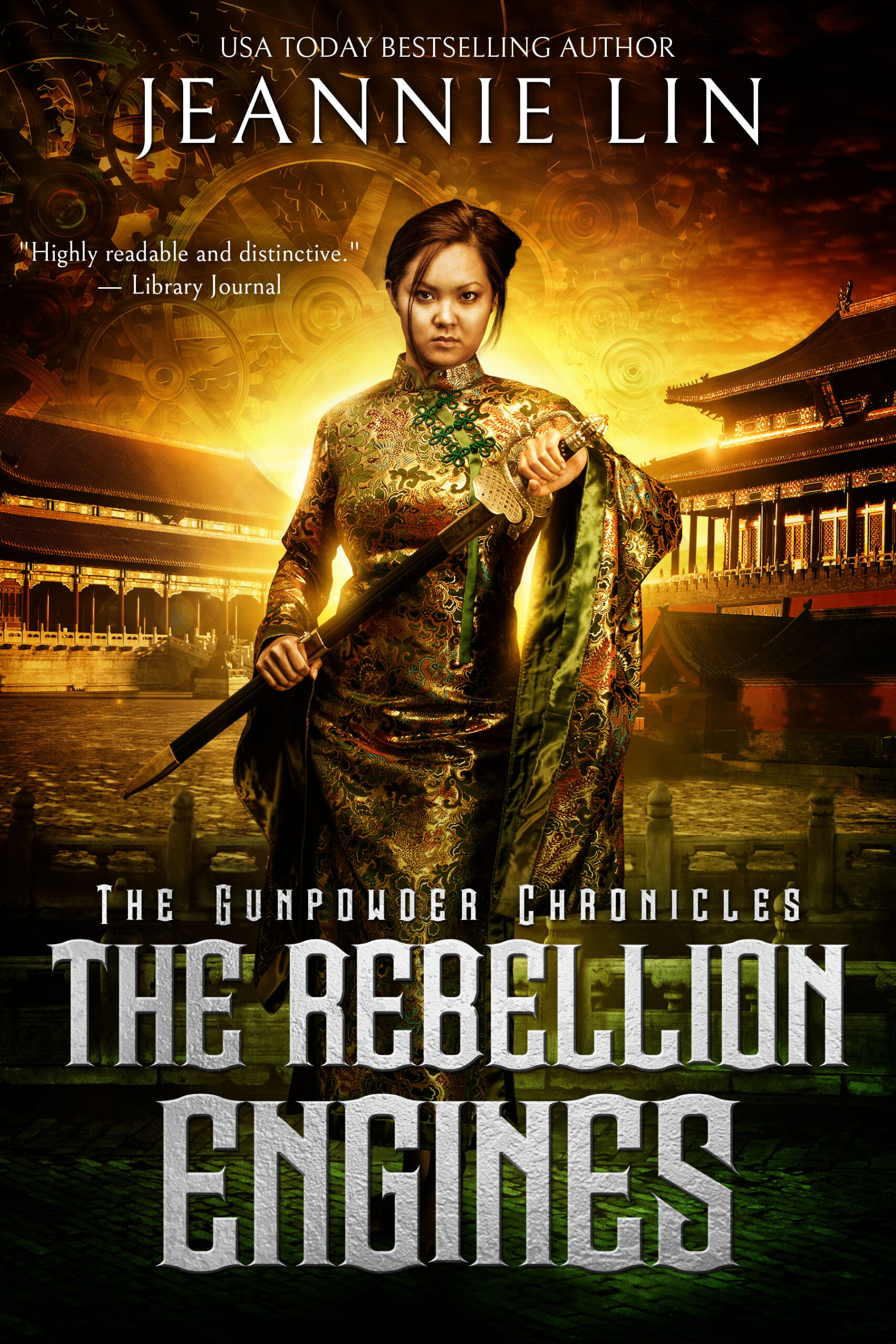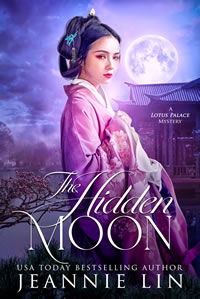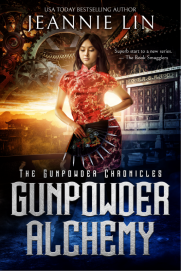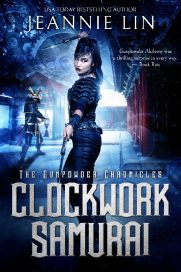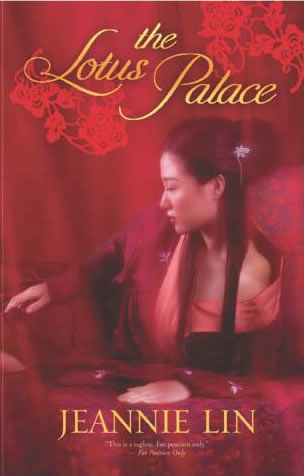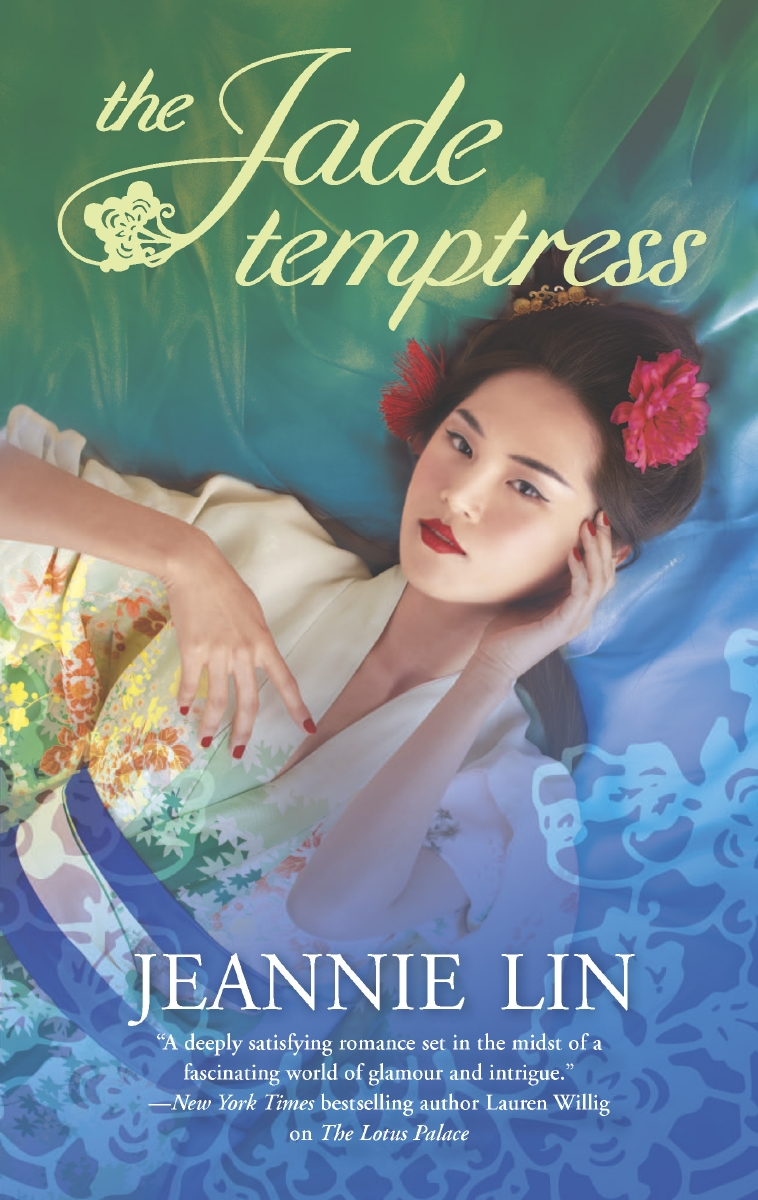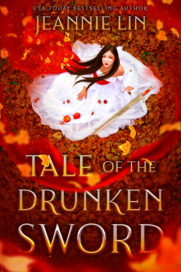When I tell people I’m fluent in Vietnamese, I immediately correct to say that I’m conversationally fluent in Vietnamese (and pretty rusty right now that I don’t use it very often). But you can plunk me in Vietnam and, barring some challenges with accents and dialects, I can understand and be understood.
Unless you plunk me down in a university. After studying Linguistics as part of my teaching degree, I know that this means I have BICS (Basic interpersonal communicative skills) but not CALP (Cognitive Academic Language Proficiency).
So I’ve been researching for my Trung Sisters proposal and prior to digging in, I had done some cursory research which was mostly in English, including English language books by Vietnamese scholars. Then I started digging into Vietnamese language sources — none of which are primary sources as the first write-ups of the rebellion occurred centuries after the rebellion to over a thousand years after the rebellion.
What I found is that researching only in English provided a story very different from bilingual research — to my delight and dismay.
Some interesting points — most of the English language references mention the Trung Sisters and also name their mother as Man Thiện, who was believed to be the granddaughter of the last Hung king (Hùng Vương). Their father’s name is frequently left out and in some cases it’s stated that their father’s name was not recorded. I thought this interesting, considering that he was the Lạc lord, or general in the region.
There is also scant information on the younger sister other than that she was co-queen.
Excellent, I thought. This gives me some narrative freedom!
Until I started digging through Vietnamese sources where the father’s name is easily found as well as mentions of a husband for the younger sister who also fought in the rebellion. AND, get this, references to the two sisters being twins — which does not work for my narrative at all. Trưng Nhị is still the younger sister and has a lot less information about her life.
Now it is accepted that these versions of the story were compiled later. A common footnote is that the people of that time did not go by surnames, so many of the names that are used to refer to them in the present day had surnames added to try to denote clan or familial ties.
The Vietnamese versions also, I assume, include quite a bit of oral tradition, folklore and legend that have risen around the cult of the two sisters. But if it is commonly accepted folk tradition, than I’m in somewhat of a bind to include it in my narrative. It’s not historical accuracy, per se, but it’s potentially historical expectation.
Between English, Vietnamese, and a lot of Google translate, I’m trying to compile a history that’s in bits and pieces and try for form a cohesive and plausible narrative that respects Vietnamese culture. It’s an interesting conundrum for sure.
For right now, the twin dilemma is huge. I’m going to have to work that one out.



